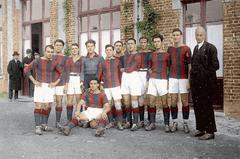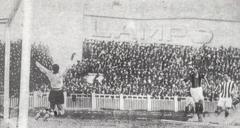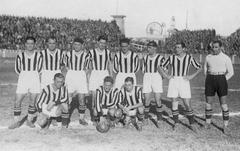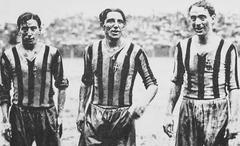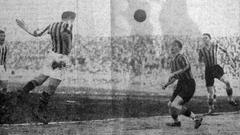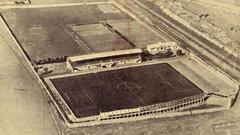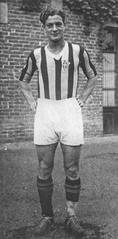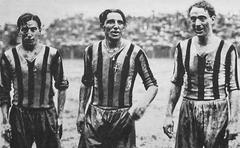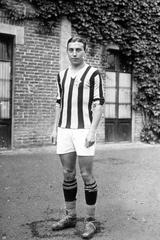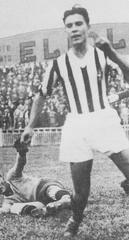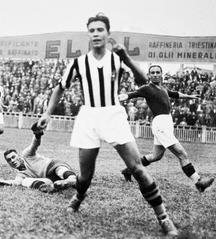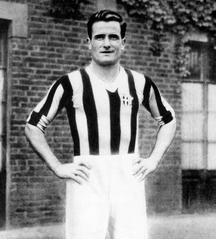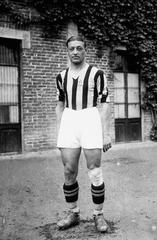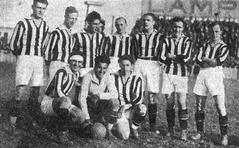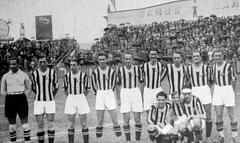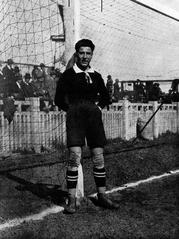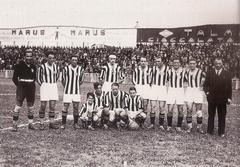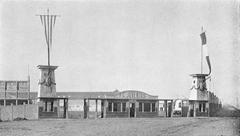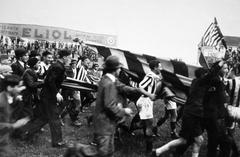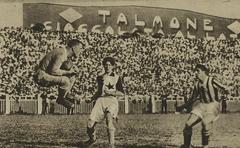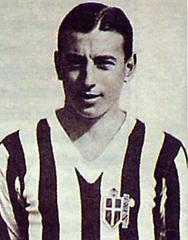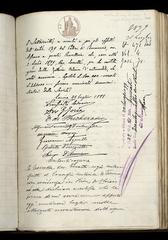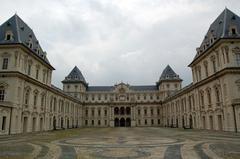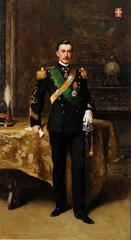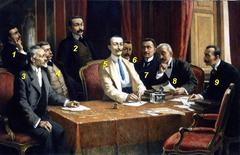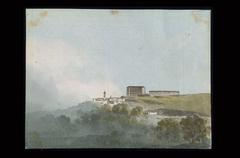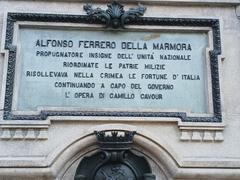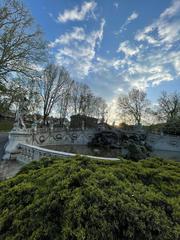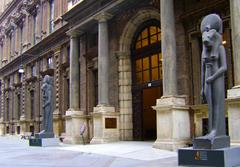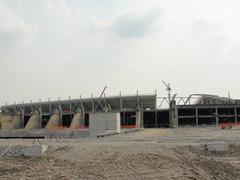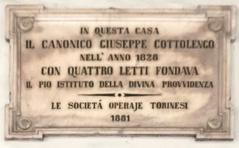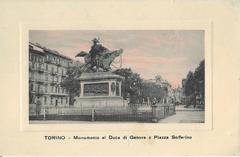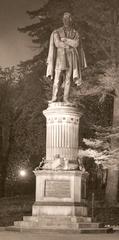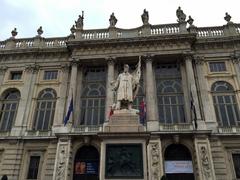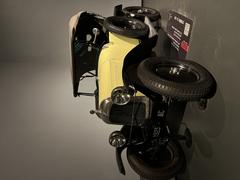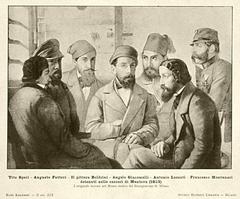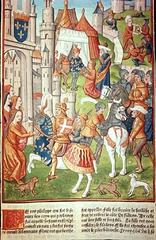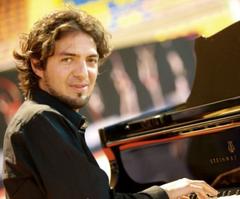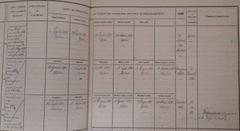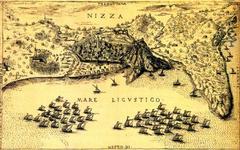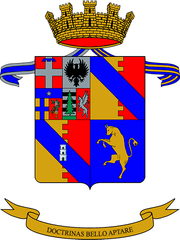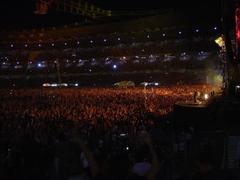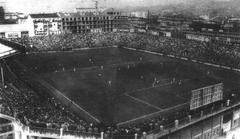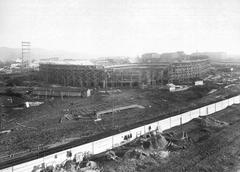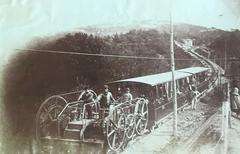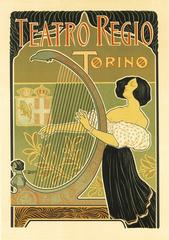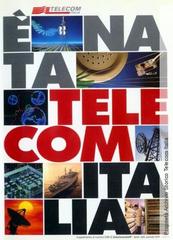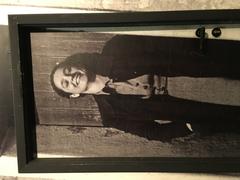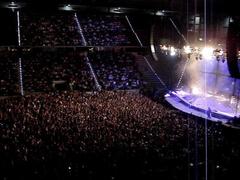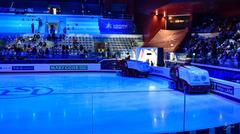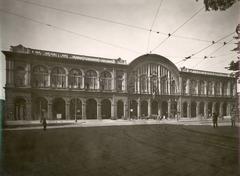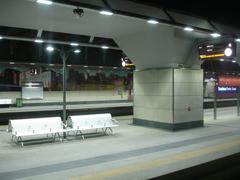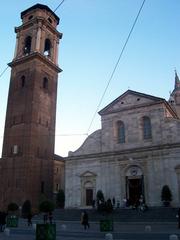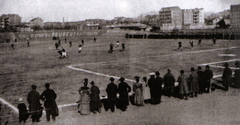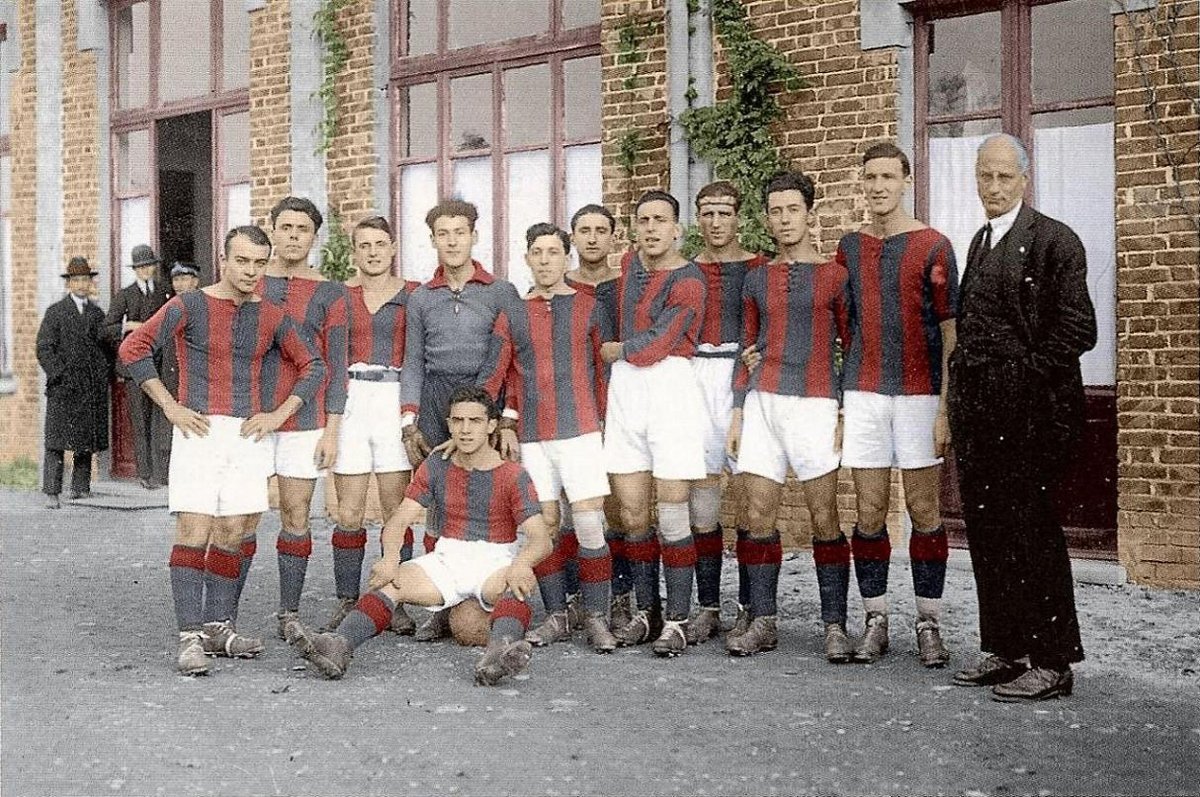
Stadio di Corso Marsiglia: Visiting Hours, Tickets, and Travel Guide in Turin
Date: 15/06/2025
Introduction
Stadio di Corso Marsiglia, also known as Campo Juventus, occupies a legendary space in Turin’s sporting and urban history. As Italy’s first reinforced concrete stadium and the original home of Juventus F.C. during their golden era, it was a beacon of architectural innovation and a vibrant hub for the local community. Although the physical structure no longer stands, its legacy endures, woven into the city’s collective memory and celebrated through tours, museums, and the broader football culture of Turin. This guide provides a detailed overview of the stadium’s history, practical visitor information, and recommendations for exploring related sites in Turin.
Table of Contents
- Introduction
- Origins and Architectural Innovation
- Juventus F.C. and the Stadium’s Golden Era
- Community Role and Multisport Use
- Decline, Demolition, and Legacy
- Visiting the Former Stadium Site
- Preserving Memory and Engaging with History
- Frequently Asked Questions (FAQ)
- Additional Resources and Further Reading
Origins and Architectural Innovation
Built in the early 1920s and designed by Amedeo Lavini, Stadio di Corso Marsiglia marked a new chapter in Italian sports architecture. It was the first stadium in the country to use reinforced concrete, which not only increased durability but also allowed for larger, more modern designs. Uniquely, it pioneered artificial lighting for night games—an innovation that put Turin at the forefront of European sports infrastructure during the interwar years (Wikiwand).
Juventus F.C. and the Stadium’s Golden Era
Juventus F.C. made Corso Marsiglia their home ground from 1922 until 1933. Here, the club enjoyed its “Golden Quinquennium,” winning four national titles, including three consecutive championships between 1931 and 1933. The stadium’s modern amenities and large crowds fostered a legendary atmosphere, cementing its status as a fortress in Italian football (Wikiwand).
Community Role and Multisport Use
Beyond football, the stadium was a true community center, hosting athletics and diverse cultural events. Its artificial lighting enabled evening gatherings, contributing to social cohesion and making it a cornerstone of Turin’s 20th-century modernization. The stadium’s inclusive nature reflected the city’s broader ambition to become a hub for sports and public life.
Decline, Demolition, and Legacy
By 1933, Juventus had outgrown the venue and moved to what is now Stadio Olimpico Grande Torino. The original stadium was later damaged during World War II and eventually demolished. Today, the site consists of residential and commercial developments, but its historical significance is preserved through museums, walking tours, and collective memory (MuseoTorino).
Visiting the Former Stadium Site
Location and Access
The former stadium was located at the intersection of Corso Marsiglia (now Via Tirreno) and Via Tripoli, with the entrance at today’s Largo Tirreno, in the Santa Rita district (MuseoTorino; Wikipedia). The area is fully integrated into Turin’s urban landscape, with no visible remains of the stadium.
Getting There:
- Public Transport: Buses 62, 72, or 75 connect the city center to Santa Rita in about 30–40 minutes (StadiumGuide).
- By Car: Accessible via the Tangenziale ring road, exiting at Via Tirreno or Via Tripoli.
- On Foot/Bicycle: The site is around 5 km southwest of central Turin, with pedestrian-friendly and bike-accessible routes.
Tickets and Tours
There are no tickets or official visiting hours for the site, as it is now a public area. However, several local walking tours and football heritage itineraries include Corso Marsiglia as a point of interest. For those interested in a deeper dive, the Juventus Museum and Museo del Grande Torino provide extensive exhibits on Turin’s football legacy.
Accessibility and Travel Tips
Turin is known for its accessibility, with smooth sidewalks, curb cuts, and low-floor buses and trams serving the Santa Rita district (AboutTurin). The area is safe and welcoming, but standard urban precautions apply. Daytime visits are recommended for a fuller experience.
What to Bring:
- Historical maps or guides for context.
- Camera for capturing the site and surrounding urban landscape.
- Comfortable walking shoes.
Nearby Attractions
Complement your visit to Corso Marsiglia with stops at:
- Allianz Stadium & Juventus Museum: Modern home of Juventus and a hub for fans (Juventus Official Website).
- Stadio Olimpico Grande Torino: Current home of Torino FC and site of commemorative events.
- Parco Rignon: A tranquil urban park nearby.
- Turin’s City Center: Landmarks such as Mole Antonelliana, the Egyptian Museum, and Piazza Castello (DreamPlanExperience).
Preserving Memory and Engaging with History
While the original structure is gone, Turin honors the stadium’s legacy through historical markers, dedicated museum exhibits, and football-themed walking tours. The redevelopment of the site into a residential neighborhood exemplifies Turin’s ongoing urban evolution, balancing progress with respect for heritage (MuseoTorino).
For football fans: The Juventus Museum and Museo del Grande Torino offer immersive experiences, interactive exhibits, and guided tours covering Corso Marsiglia’s pivotal role in Turin’s football history.
Frequently Asked Questions (FAQ)
Q: Is there anything left to see at the original Stadio di Corso Marsiglia site?
A: The stadium itself has been demolished, and the area is now a residential and commercial district. Its story is preserved through museums, tours, and historical publications.
Q: Do I need a ticket or reservation to visit the site?
A: No tickets or reservations are required to visit the area. Guided tours, if desired, should be booked in advance.
Q: Is the area accessible for visitors with disabilities?
A: Yes, the Santa Rita district features accessible sidewalks and public transport.
Q: What else can I visit to learn about Juventus and Turin’s football history?
A: The Juventus Museum, Museo del Grande Torino, and guided walking tours are excellent options.
Additional Resources and Further Reading
- Wikiwand: Stadio di Corso Marsiglia
- MuseoTorino – Società Spettacoli Sportivi di corso Marsiglia
- Turismo Torino Official Tourism Website
- Museo del Grande Torino
- Juventus Official Website
- AboutTurin – Accessible Turin
- DreamPlanExperience – What to See in Turin
- StadiumGuide – Juventus Stadium
Conclusion
Stadio di Corso Marsiglia stands as a symbol of Turin’s rich football culture and architectural innovation. Though the stadium itself no longer exists, its legacy resonates through museums, commemorative tours, and the city’s vibrant community. Whether you are a lifelong football fan or a history enthusiast, exploring the site and its surrounding neighborhood offers a unique window into Turin’s sporting soul and urban evolution. Enhance your visit by joining a guided tour, stopping by the Juventus Museum, and immersing yourself in the dynamic fabric of this remarkable city.
Enjoy your journey through Turin’s football history! For more cultural insights, guided tours, and up-to-date travel tips, download the Audiala app and follow us on social media.
